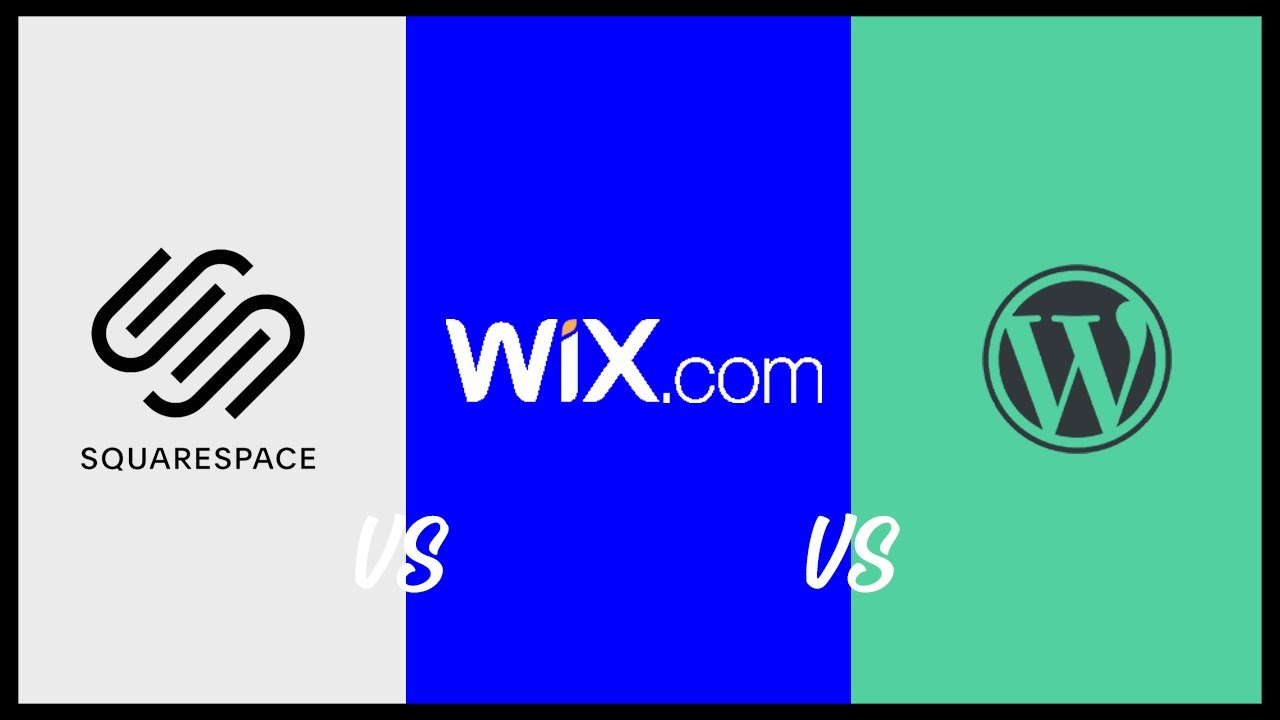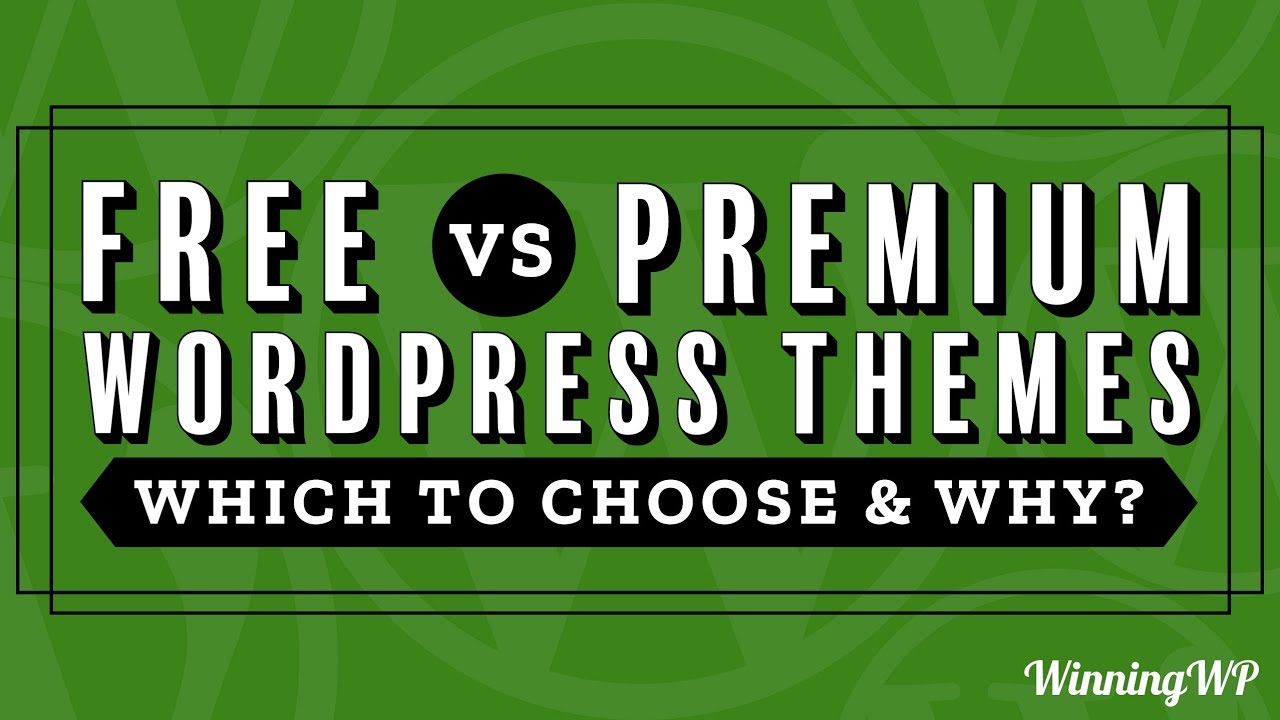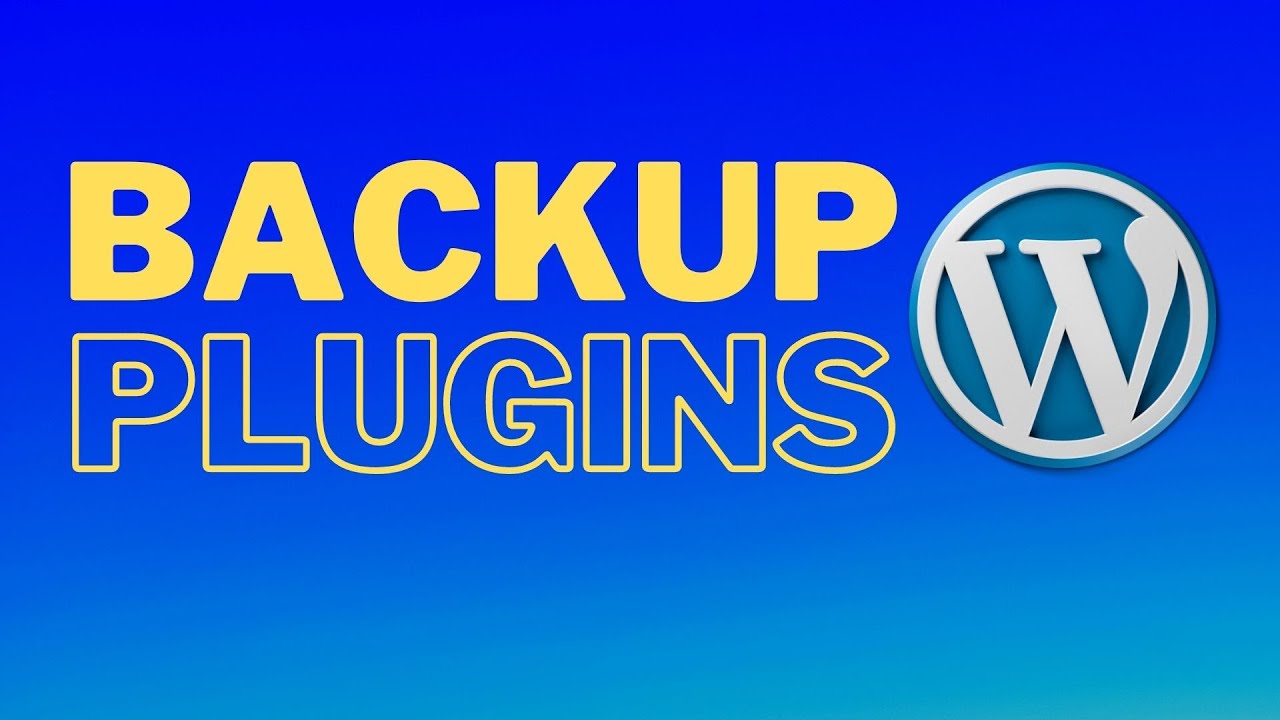Choosing the right page builder is one of the most important decisions when building a WordPress website. Among the top contenders, Elementor vs Divi vs Beaver Builder often comes up as the ultimate comparison.
Each offers powerful design capabilities, user-friendly features, and flexibility for beginners and developers alike. But which one should you invest your time and money in? This in-depth guide breaks down everything you need to know before making your choice.
Introduction to WordPress Page Builders
WordPress is the world’s most popular content management system (CMS), powering over 43% of all websites. While its core functionality is robust, creating custom designs from scratch has traditionally required coding knowledge.
That’s where page builders come in. They allow non-developers and professionals alike to visually build websites using drag-and-drop interfaces, pre-designed blocks, and templates. With them, anyone can create modern, responsive websites without touching a line of code.
Among dozens of options, three dominate discussions: Elementor, Divi, and Beaver Builder. Each has unique strengths, pricing models, and user experiences. Understanding their differences helps you avoid costly mistakes and build with confidence.
Quick Comparison Table
| Feature | Elementor | Divi | Beaver Builder |
|---|---|---|---|
| Ease of Use | Very Beginner-Friendly | Moderate Learning Curve | Simple & Clean |
| Templates | 300+ Templates | 2,000+ Layouts | 50+ Templates |
| Pricing | Free + Pro Plans | Paid Only | Paid Only |
| Performance | Moderate (Improved with v3.0+) | Heavy (may slow site) | Lightweight & Fast |
| Popularity | 5M+ Active Installs | 2M+ Users | 300K+ Users |
| WooCommerce Integration | Excellent | Excellent | Good |
| Advanced Design Features | Excellent | Very Strong | Moderate |
| Theme Builder | Yes | Yes | Yes |
| Support & Updates | Strong | Strong | Strong |
Elementor Overview
Elementor, launched in 2016, quickly became the most widely used page builder with over 5 million active installations. It offers a beginner-friendly interface, real-time editing, and extensive design options.
Key Features of Elementor
- Drag-and-drop editor with real-time preview.
- Free version available, ideal for new users.
- Over 90 widgets for forms, buttons, sliders, and more.
- Theme Builder for headers, footers, and global elements.
- Popup Builder for email capture and promotions.
- WooCommerce Builder for eCommerce websites.
- Global styling to maintain consistent design across pages.
Pros of Elementor
- Free plan covers essential needs.
- Huge library of pre-designed templates.
- Compatible with nearly all themes.
- Regular updates and feature additions.
- Massive third-party add-on ecosystem.
Cons of Elementor
- Heavy usage can impact site performance.
- Premium pricing adds up for multiple sites.
- Learning curve for advanced features.
Divi Overview
Divi is created by Elegant Themes and is more than a page builder—it’s both a theme and a design framework. Its strength lies in customization and its massive pre-made layout collection.
Key Features of Divi
- Visual drag-and-drop builder integrated directly into the theme.
- 2,000+ pre-made layouts across niches.
- Advanced design controls with custom CSS.
- Lifetime pricing option, rare in the industry.
- Split testing (A/B testing) for marketing.
- Divi Leads for tracking conversions.
Pros of Divi
- Incredible value with lifetime deal.
- Comprehensive template library.
- Perfect for designers and agencies.
- Advanced marketing and testing features built-in.
Cons of Divi
- Slower performance compared to others.
- Shortcode lock-in when deactivated.
- Interface may overwhelm beginners.
Beaver Builder Overview
Beaver Builder has built its reputation on stability, clean code, and simplicity. While not flashy, it’s trusted by professionals for client websites.
Key Features of Beaver Builder
- Frontend drag-and-drop editor with intuitive workflow.
- Lightweight and performance-focused.
- Clean, SEO-friendly code.
- WooCommerce compatibility.
- Developer-friendly hooks and filters.
- White-label options for agencies.
Pros of Beaver Builder
- Extremely stable and lightweight.
- Great for developers who value clean code.
- Minimal bloat compared to competitors.
- Excellent support and documentation.
Cons of Beaver Builder
- Template library is smaller.
- No full-featured free version (Lite is limited).
- Lacks some flashy design features competitors offer.
Performance & Speed Comparison
Performance is key for SEO rankings and user experience.
- Elementor: Improved significantly with version 3.0, but can still feel heavy when overloaded with widgets.
- Divi: Resource-intensive and can slow down websites without optimization.
- Beaver Builder: Produces the cleanest, most lightweight code, making it the most performance-friendly option.
Verdict: Beaver Builder is the fastest, Elementor comes second, and Divi requires optimization to compete.
Pricing Comparison
| Builder | Pricing Model | Free Version | Notable Offer |
|---|---|---|---|
| Elementor | Free + Pro ($59/year for 1 site) | Yes | Multiple tiers for agencies |
| Divi | $89/year or $249 lifetime (Unlimited) | No | Lifetime access |
| Beaver Builder | $99/year (Standard) | Lite (very limited) | Agency plan with white-label |
Ease of Use Comparison
- Elementor: Easiest for beginners thanks to its free plan and intuitive editor.
- Divi: Offers powerful tools but has a steeper learning curve.
- Beaver Builder: Simple and clean but fewer advanced features.
Who Should Use Each Builder?
- Elementor → Bloggers, freelancers, small businesses, and startups.
- Divi → Agencies, designers, and marketers needing advanced customization.
- Beaver Builder → Developers and professionals who prioritize performance and clean code.
Final Verdict: Elementor vs Divi vs Beaver Builder
When comparing Elementor vs Divi vs Beaver Builder, the choice depends on your priorities:
- Elementor is the most versatile for beginners and small businesses.
- Divi offers the best long-term value with lifetime pricing and advanced design capabilities.
- Beaver Builder is the go-to for developers and agencies focused on performance and reliability.
Ultimately, all three are excellent. If you’re just starting, try Elementor’s free version. If you’re an agency, Divi’s lifetime plan is unbeatable. If stability is your top concern, Beaver Builder is your best bet.
FAQs
1. Which is better for beginners, Elementor or Divi?
Elementor is more beginner-friendly thanks to its free version and intuitive drag-and-drop editor. Divi is powerful but may overwhelm first-time users.
2. Which page builder offers the best long-term value?
Divi’s lifetime plan at $249 is unmatched for long-term savings, especially if you manage multiple websites.
3. Does Elementor slow down websites?
Elementor can add extra code, which may affect performance. However, with caching and optimization, most sites still load quickly.
4. Can I switch from one page builder to another later?
Yes, but Divi leaves shortcode clutter when deactivated. Elementor and Beaver Builder are easier to switch away from without major issues.
5. Which builder is best for WooCommerce stores?
Elementor and Divi both offer excellent WooCommerce integrations with dedicated templates and widgets. Beaver Builder supports WooCommerce but with fewer customization options.
6. Which is the most SEO-friendly page builder?
Beaver Builder is considered the most SEO-friendly because it produces clean code with minimal bloat. Elementor and Divi are also SEO-capable with proper optimization.








